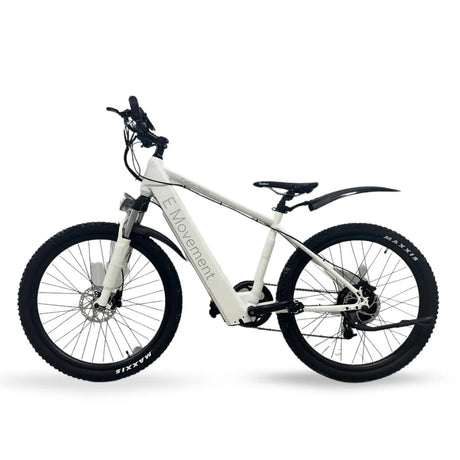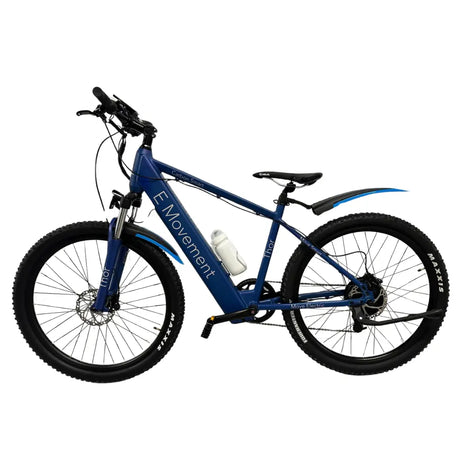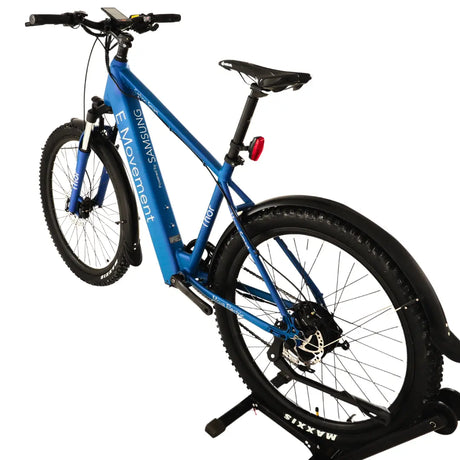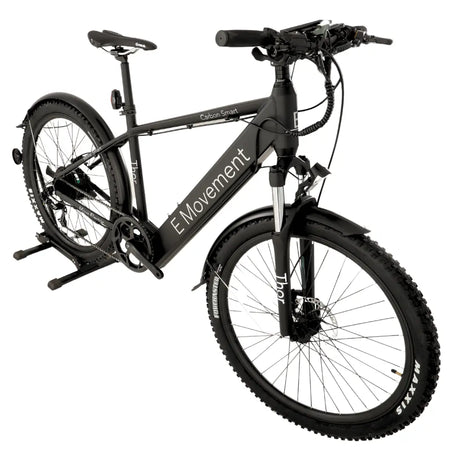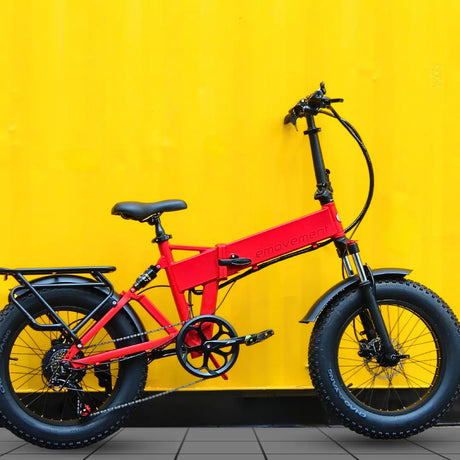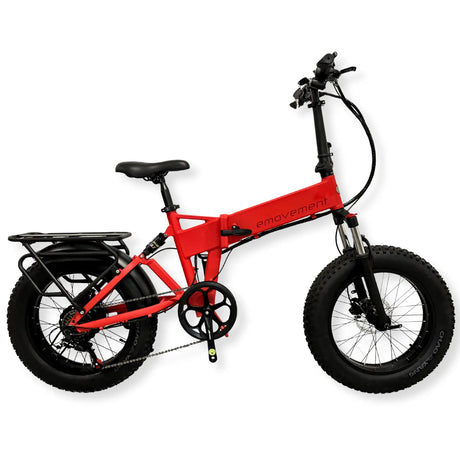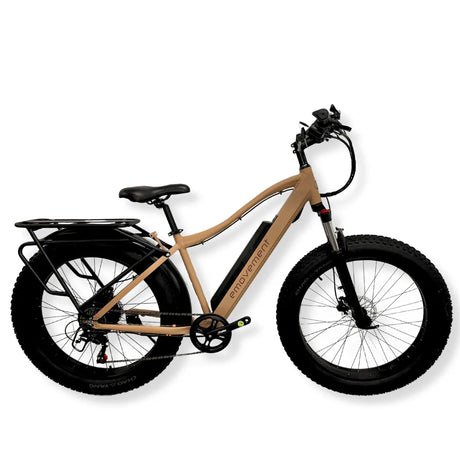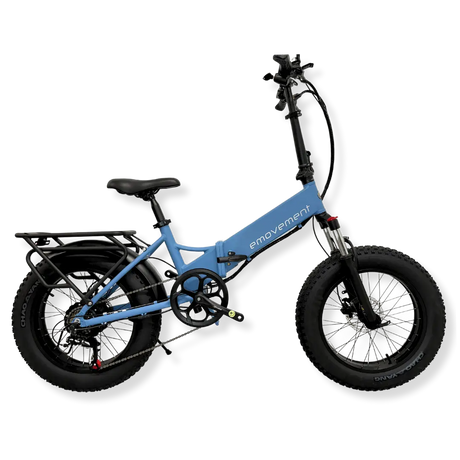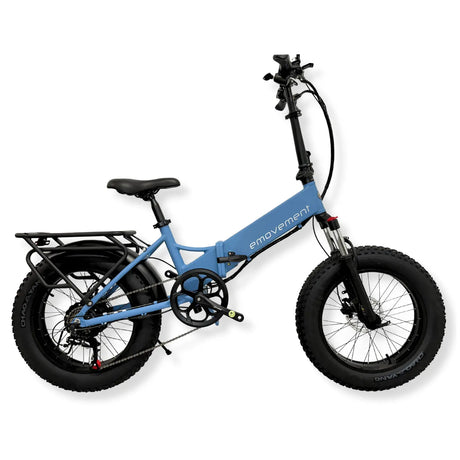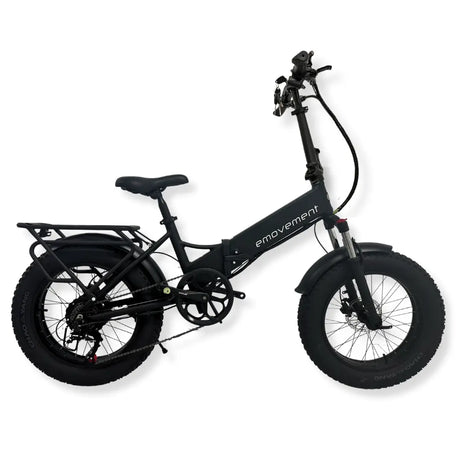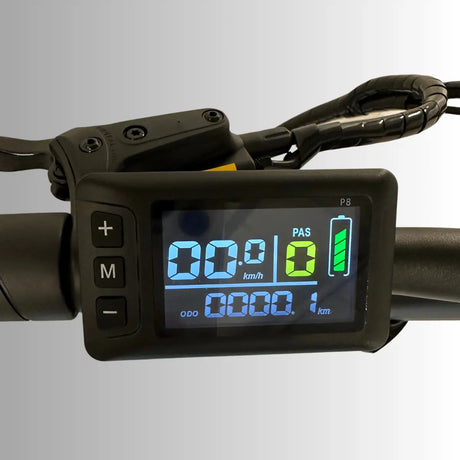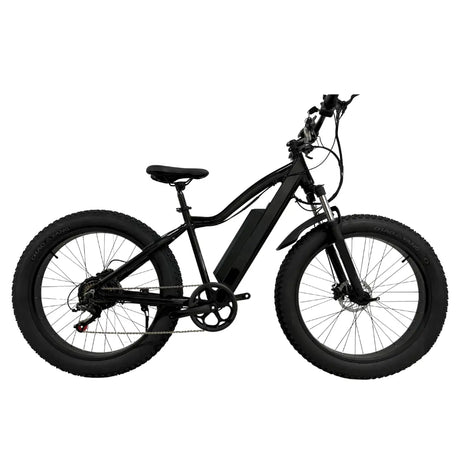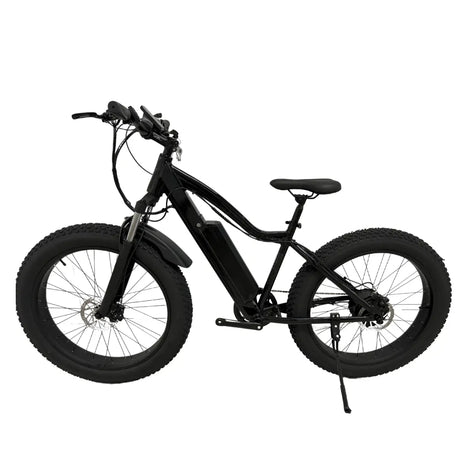Electric bikes are increasingly becoming the preferred mode of transportation around the world, especially as governments implement strategies to curb carbon emissions and enhance environmental sustainability. In fact, the global e-bicycle market is expected to reach around $149 billion in the next decade due to technological advancement and innovation.
It’s safe to say that the electric cycling revolution isn’t slowing down, and there’s a model out there for everyone. Keep reading as we explore the latest electric bike trends and innovations in the electric bikes, including those pertaining to technology, design, sustainability, and market growth.
Technological Advancements
Several trends are set to shape the e-bike landscape in 2024, driven by a growing demand for a versatile, efficient, and sophisticated way of commuting. These include:
Battery Technology
At the heart of the electric bike revolution lie battery technology advancements that are gaining traction because of changes in lifespan, charging speed, and capacity. We can anticipate major improvements in these areas in the coming years. Enhanced battery capacity has already enabled manufacturers to offer e-bikes with longer ranges or reduced weight, without sacrificing power. Faster charging times, especially for long-range models and daily commuters, have brought along greater convenience and helped ease 'range anxiety.' In contrast, longer-lasting batteries decrease the need for frequent, expensive replacements, promoting a more sustainable e-bike life cycle.
Smart Features
This year, we're seeing a surge in integrated technology transforming the pedelec experience. Many electric bicycles now come with built-in anti-theft systems directly within the frame for enhanced security, advanced ride data tracking to keep track of your distance, speed, and even calories burned, and built-in GPS navigation that simplifies route planning on the go.
Additionally, smartphone apps are becoming the primary hub for e-bike control. These apps let you adjust power assist levels to fine-tune your ride for maximum efficiency and performance, run remote diagnostics to catch and resolve potential issues early, plan routes specifically designed for bikes by considering terrain and charging stations, and even lock or unlock your vehicle for added security.
Motor Innovations
These two-wheeled wonders feature electric assist systems that boost the rider's pedaling power, creating a smoother and more effortless ride. Most electric bikes integrate brushless hub motors, which are popular for their compact design and quiet performance.
The motors offer adjustable levels of assistance, allowing riders to tackle steep hills and cover longer distances with less physical strain on their bodies.
Design Evolution
Cycling isn’t just about getting from one place to another in this new era of e-bike technology. In 2024, it's all about versatility and catering to a wide range of needs. Here are some of the key areas where bikes are pushing the limits:
Frame Materials
Manufacturers are now opting for lightweight and durable materials like carbon fiber and aluminum alloys to design pedelec frames. Such frames, often weighing less than 20kg, offer several key benefits over their heavier counterparts:
- Increased handling and agility: Lighter bikes ensure greater maneuverability in city settings with more responsive rides.
- Easier to transport: Reduced weight and folding frames makes it simpler to carry your electric bike up stairs, take it on public transport, or store it in tight spaces.
- Perfect for urban lifestyles: Lightweight models are ideal for city dwellers, especially for those dealing with limited storage space.
- Power without sacrifice: Technological improvements have led to lighter e-bikes delivering the same level of robust power and assistance.
Aesthetics
Modern e-bikes blend functionality with style, featuring sleek and contemporary designs that are bound to turn heads wherever you go. With minimalist frames discreetly incorporating batteries and motors, they offer a clean, sophisticated look for today's city riders. But it's not just about appearance—these refined designs enhance practicality and are ideal for compact urban spaces. By combining lightweight materials with innovative design elements, e-bikes are redefining the commuting experience to offer efficiency, portability, and visual sophistication.
Customization
Electric bikes now come with a range of accessories designed to boost both comfort and functionality, including integrated lights, cargo racks, and fenders. Whether it’s a tough off-road aesthetic or a sleek, urban look, these additions enhance the everyday practicality of pedelecs.
Sustainability and Environmental Impact
The future of e-bicycles is being shaped by a commitment to eco-friendly manufacturing, sustainable materials, and greener transportation, reshaping the way we think about mobility:
Eco-Friendly Materials
A conscious effort is being made by electric bike manufacturers to ensure transparency and accountability in sourcing raw materials. This helps foster a more responsible supply chain. Innovations in packaging and transportation, like recyclable molded fiber packaging and reusable pallets, further support sustainability goals by significantly reducing CO2 emissions. All such advancements are steering the e-bike industry toward a future that not only embraces technological progress but also takes a conscious and meaningful step towards protecting our planet.
Energy Efficiency
Cycling 15 kilometers on a pedelec can cost as little as 4p in electricity when charged at home, a stark contrast to the £1.50 you might spend driving the same distance in a petrol or diesel car. When it comes to energy efficiency, this mode of transportation is miles ahead of traditional vehicles. Designed to maximize electrical power, electric bikes enable riders to cover impressive distances without consuming large amounts of energy.
Many modern models can travel between 30–80 kilometers on a single charge, making them incredibly efficient and cost-effective for daily commuting and short trips. The remarkable efficiency comes from cutting-edge design and engineering, using advanced technologies to ensure every bit of energy propels the bike forward.
Recycling and Disposal
A typical e-bike emits around 300 kg of CO2 over its lifetime, with battery production accounting for most of this footprint. The issue is becoming increasingly urgent, as improperly disposed of used batteries can have a devastating impact on the environment. The leakage of heavy metals from batteries into the soil and groundwater poses a serious threat to ecosystems, causing widespread and lasting damage.
To address these challenges, manufacturers are finding ways to reduce the impact of battery production, such as by lowering the cobalt content. Developing new battery designs that are easier to recycle and incorporating more durable materials are also key areas of focus. With the typical lifespan of an electric bicycle battery being around 3 to 5 years, a significant number of batteries will soon reach the end of their life cycle, which is why proper recycling and disposal efforts are becoming more critical than ever.
Market Growth and Consumer Trends
As electric bicycles become more and more popular in the UK, their number is expected to almost double in the next few years. This growth is fueled by several factors, including their appeal to commuters who wish to reduce their carbon footprint and avoid traffic. With strong government support through incentives and infrastructure investment, the adoption of e-bikes is now more common than ever. Advances in technology have also made these bikes more user-friendly, featuring powerful batteries and versatile riding modes that make long distances and challenging terrains more manageable.
E-bikes are not just catching on in urban areas; they are becoming a favored choice in rural communities as well. These two wheeled wonders are changing the way people move around by offering a convenient alternative for short trips and errands where public transport is unreliable or limited. Consequently, we’re likely to see a decrease in car reliance, leading to less traffic and lower pollution levels. Since the government is also investing in cycling infrastructure, there is bound to be a significant transformation in UK transportation toward a greener and more sustainable future.
Our Vision for the Future
At E-Movement, we understand the critical importance of reducing carbon emissions and wish to provide a more sustainable way to travel with our electric vehicles. Each ride on our electric bikes not only promises an adrenaline-fueled adventure but also contributes positively by reducing air pollution and conserving non-renewable resources. As urban environments grapple with growing environmental challenges and traffic congestion, we are working towards incorporating more sustainable product manufacturing and modern frames that benefit everyone.
Additionally, we’re pleased to announce that we’re entering the fleet solutions business by offering our electric bikes and motorcycles to government and agricultural organizations alike in bulk. Not only are we dedicated to making sure that you have a safe and comfortable experience with our brand at all times, but are also investing considerable time and money into designing more streamlined and lightweight e-bike models. For example, we’ve upgraded our Troy e-bike to Troy Pro in the past few years to include a more efficient motor, a stronger battery, a more spec-laden display, and much more. Embark on your journeys with peace of mind, knowing that every exciting trip you take is also a step towards supporting the planet’s well-being.
Endnote
Technological advancements are transforming the landscape of electric delivery to provide more sustainable and efficient solutions for cities everywhere. With improvements in battery performance, lightweight materials, smart integration, and electric assist features, e-bicycles have become essential assets for individuals and corporations alike.
And by continuing to address challenges related to safety, infrastructure, battery range, and regulations, we can unlock even more innovation in the future for electric bikes. They are redefining the way we travel, explore new places, and contribute to a more sustainable future. If you haven’t yet felt the excitement of riding one, now is the perfect time to experience what you've been missing.



